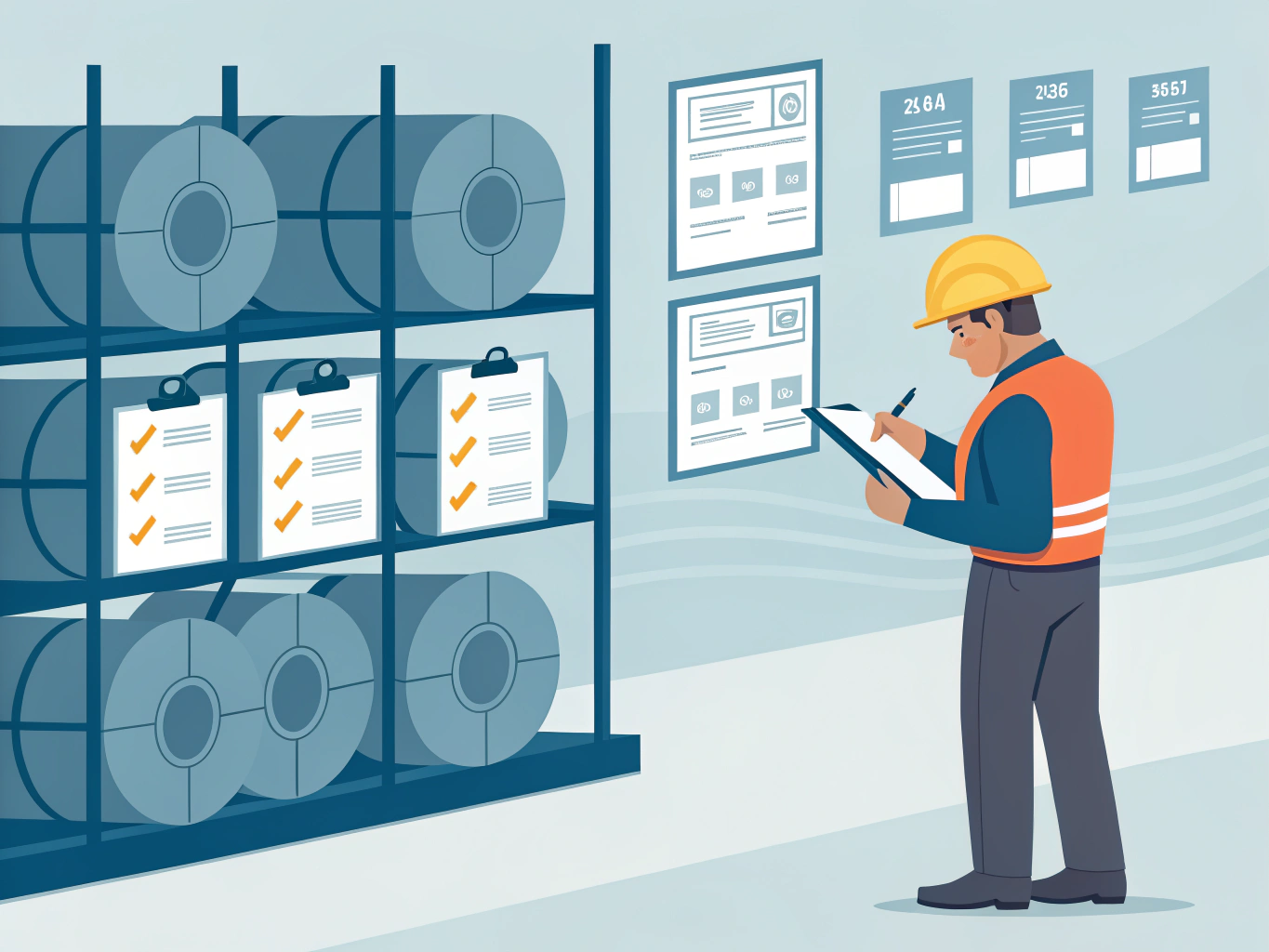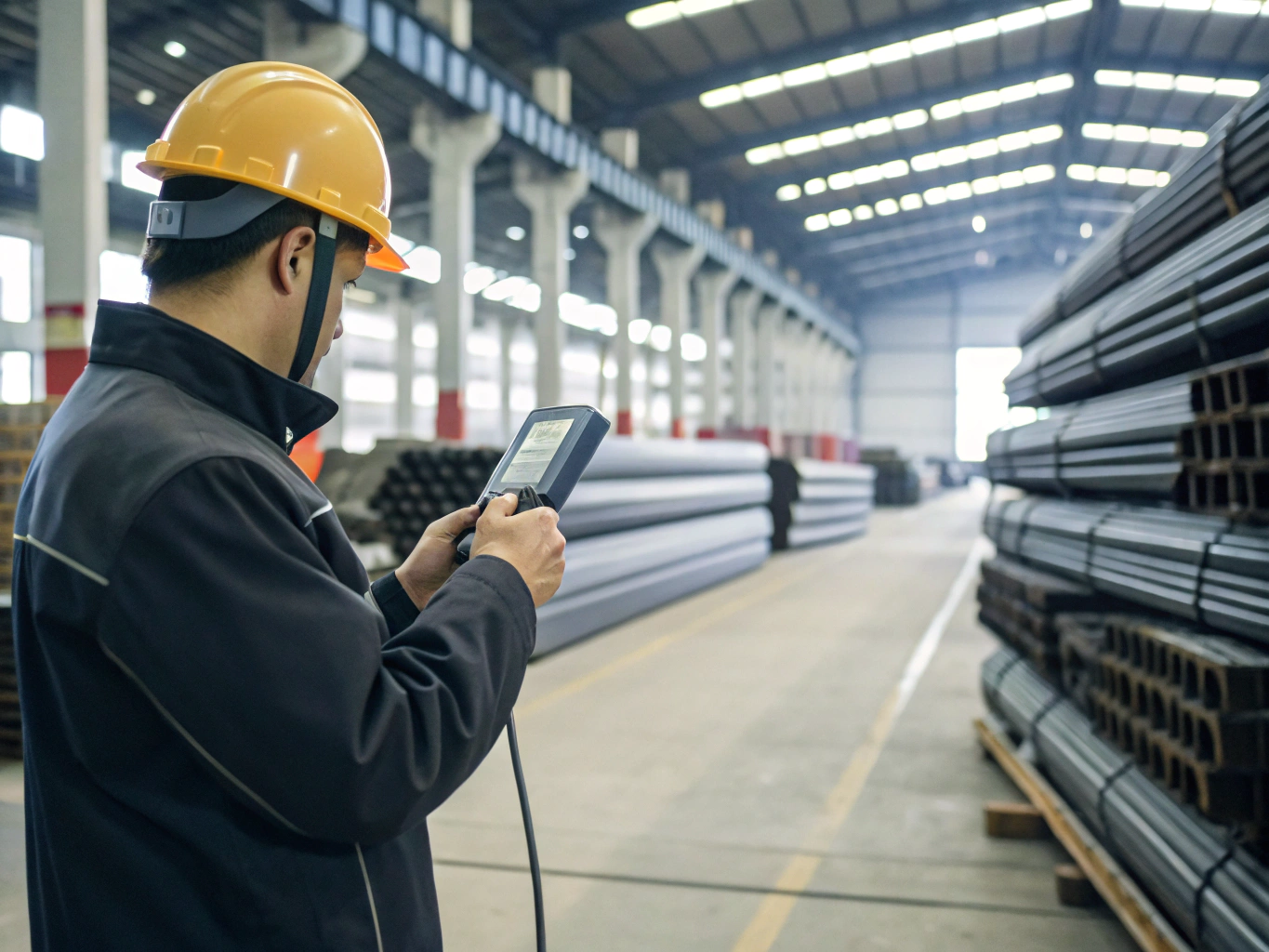Do Imported Custom Steel Parts Need to Comply with RoHS, REACH, or Other Environmental Regulations?

As an importer, it’s important to understand that environmental regulations like RoHS and REACH can impact the steel parts you bring into the market. Even though steel isn’t the primary target, when it’s used in certain applications like electronics, these regulations still apply.
Yes, imported custom steel parts must comply with RoHS, REACH, and other environmental regulations, especially if they are intended for use in electronic equipment or certain chemicals. These laws restrict hazardous substances and require certain documentation to ensure product safety and environmental protection.
This means importers must be proactive in verifying compliance to avoid penalties and market restrictions.
What Restricted Substances Does RoHS Apply to Steel Products?
RoHS (Restriction of Hazardous Substances) may seem like it’s mainly focused on electronics, but it still impacts steel parts used in such applications. This is particularly relevant if the steel is used in manufacturing or assembling electrical devices or components.
RoHS restricts the use of certain hazardous substances in electrical and electronic equipment, and this includes steel products when they’re part of such devices. The restricted substances include:

RoHS Restricted Substances for Steel Products:
- Lead (Pb): Often used in solders and coatings.
- Mercury (Hg): Found in some batteries or switches.
- Cadmium (Cd): A highly toxic metal used in batteries and coatings.
- Hexavalent Chromium (Cr VI): Used in coatings and corrosion-resistant treatments.
- Polybrominated Biphenyls (PBB) & Polybrominated Diphenyl Ethers (PBDE): Certain flame retardants used in plastics and coatings.
| Substance | Impact on Steel Products |
|---|---|
| Lead | Used in soldering and coatings, restricted in steel parts used in electronics |
| Mercury | Used in certain electrical components |
| Cadmium | Present in batteries, coatings, or as impurities |
| Hexavalent Chromium | Found in coatings and corrosion-resistant treatments |
| PBB/PBDE | Found in flame retardants in coatings |
Steel parts that will be used in electrical and electronic devices must meet these restrictions. Manufacturers must ensure that any steel alloys or coatings used comply with the limits for these substances.
What Obligations Do Importers Have Under REACH Regulations?
When importing custom steel parts into the EU, REACH regulations apply. This regulation ensures that chemicals used in manufacturing are safe and that they don’t pose a risk to human health or the environment.
Importers are responsible for verifying that the steel parts do not contain substances of very high concern (SVHC) in concentrations above a certain threshold. These substances may be harmful to human health or the environment.

REACH Obligations for Importers:
- Substance Registration: Importers must ensure that any chemical substances in the steel products are registered with the European Chemicals Agency (ECHA).
- SVHC Compliance: Ensure that substances identified as SVHCs (such as certain heavy metals or persistent organic pollutants) are not present above the legal threshold.
- Safety Data Sheets (SDS): Provide necessary safety information and documentation related to chemicals in the steel parts, such as SDS.
| REACH Obligation | Description |
|---|---|
| Substance Registration | Ensure all chemicals in the steel parts are registered with ECHA |
| SVHC Compliance | Check for any substances of very high concern and ensure they are below the threshold |
| Safety Data Sheets | Provide clear documentation detailing the chemicals used in manufacturing |
The importers must also ensure that any new chemicals used in manufacturing steel parts are also evaluated and assessed for safety.
How to Verify That Products Comply with Environmental Regulations?
To avoid the consequences of non-compliance, it’s important to verify that the steel parts you import meet RoHS, REACH, and other relevant environmental regulations. Here are steps that can help ensure compliance:
To verify compliance with environmental regulations, importers should:
- Request Documentation: Obtain certificates of compliance, material declarations, and safety data sheets (SDS) from manufacturers and suppliers.
- Conduct Testing: Perform independent testing in accredited laboratories to detect restricted substances.
- Maintain Records: Keep detailed records of all compliance efforts, including testing results, certifications, and communications with suppliers.
- Stay Informed: Stay updated on regulatory changes in the markets you import to, especially for RoHS and REACH, and adapt your compliance strategies accordingly.

| Verification Step | Description |
|---|---|
| Request Documentation | Obtain compliance certificates and SDS from suppliers |
| Conduct Testing | Use accredited labs to confirm restricted substances |
| Maintain Records | Keep all compliance-related documentation |
| Stay Informed | Monitor updates to environmental laws and regulations |
By following these steps, you can reduce the risk of non-compliance and ensure your steel products meet necessary environmental standards.
What Are the Consequences of Non-Compliance with Environmental Laws?
The consequences of failing to comply with environmental regulations like RoHS, REACH, and others can be severe, both legally and financially. As an importer, understanding these risks is crucial.
Non-compliance can lead to legal penalties, market access restrictions, reputational damage, and significant financial losses.

Consequences of Non-Compliance:
- Legal Penalties: Fines and sanctions may be imposed by regulatory authorities.
- Market Access Issues: Non-compliant products may be banned or denied entry into key markets, especially in the EU.
- Reputational Damage: Businesses may lose trust from customers and face negative publicity.
- Financial Losses: Costs can arise from recalls, legal fees, fines, and lost sales due to non-compliant products being rejected.
| Consequence | Impact |
|---|---|
| Legal Penalties | Fines, sanctions, and possible bans on sales |
| Market Access Issues | Products may be denied entry into the EU or other regulated markets |
| Reputational Damage | Loss of customer trust and potential negative press |
| Financial Losses | Costly recalls, legal fees, and lost revenue |
To avoid these outcomes, it’s essential to proactively ensure compliance with RoHS, REACH, and other environmental laws before importing steel parts into regulated markets.
Conclusion
Imported custom steel parts must comply with environmental regulations like RoHS, REACH, and others, especially when used in electronic devices or chemicals. Importers need to ensure compliance by requesting documentation, conducting tests, maintaining records, and staying informed about regulatory updates. Non-compliance can result in severe penalties, reputational damage, and financial losses, making it essential to stay ahead of environmental regulations.

